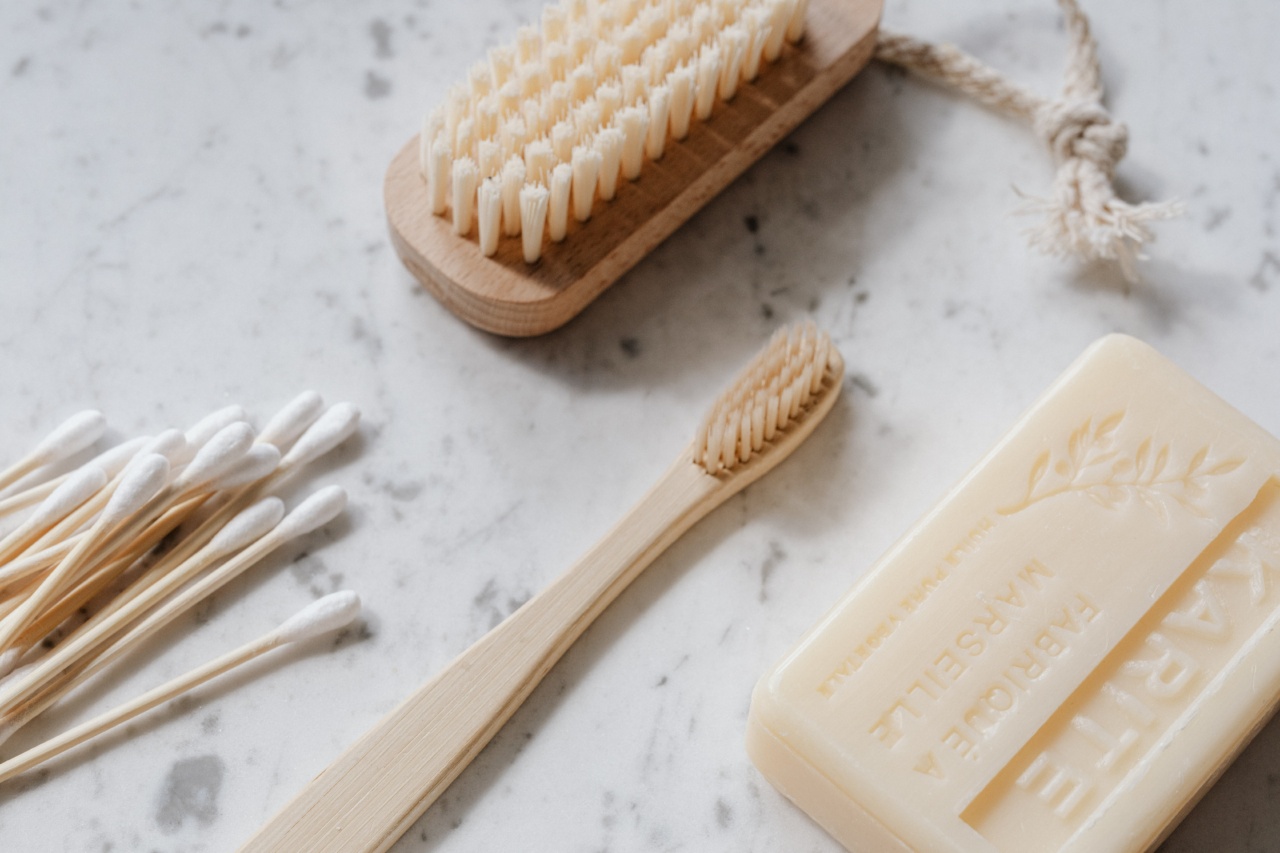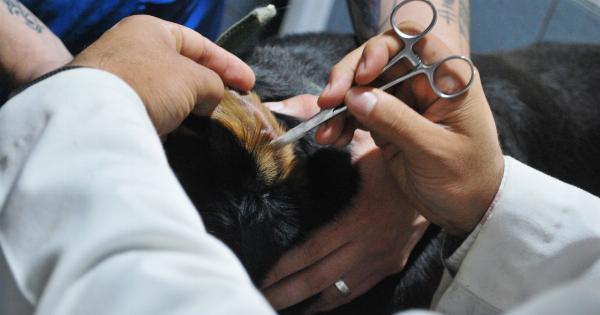When it comes to personal hygiene practices, cleaning our ears is often a part of our regular routine.
However, many people resort to using cotton swabs or Q-tips to clean their ears, unaware of the potential dangers associated with this common practice. While it may seem harmless at first, using cotton swabs to clean ears can actually do more harm than good. This article will explore why using cotton swabs to clean ears is a bad idea and provide alternative methods for maintaining ear hygiene.
The Anatomy of the Ear
Before we delve into why using cotton swabs can be detrimental, it’s essential to understand the anatomy of the ear. The ear consists of three main parts – the outer, middle, and inner ear.
The outer ear, known as the pinna, collects sound waves and funnels them into the ear canal.
The ear canal leads to the middle ear, which contains the eardrum or tympanic membrane. Beyond the eardrum lies the inner ear, which contains delicate structures responsible for our sense of balance and hearing.
The ear naturally produces cerumen, commonly known as earwax, to protect and lubricate the ear canal.
The Dangers of Cotton Swabs
While cotton swabs might seem like the perfect tool for cleaning ears, they can cause more harm than good. Here are some of the dangers associated with using cotton swabs:.
1. Pushing Earwax Further into the Ear Canal
One of the biggest risks of using cotton swabs is the possibility of pushing earwax further into the ear canal.
When inserted into the ear, cotton swabs can inadvertently push the earwax deeper, making it more challenging to remove and potentially causing a blockage. This can lead to discomfort, hearing loss, and even infections.
2. Rupturing the Eardrum
Inserting cotton swabs too forcefully or deeply into the ear canal can result in the rupture of the delicate eardrum. The eardrum acts as a barrier between the outer and middle ear.
A ruptured eardrum can cause hearing loss, pain, dizziness, and other complications that may require medical intervention.
3. Scraping or Scratching the Ear Canal
The skin lining the ear canal is delicate and sensitive. When using cotton swabs, there is a risk of accidentally scraping or scratching the ear canal’s lining, which can cause pain, irritation, and even small cuts.
These injuries may also pave the way for infections to develop.
4. Disturbing the Normal Earwax Balance
While earwax might seem undesirable, it serves an essential purpose in maintaining ear health. Earwax helps trap dust, debris, and potentially harmful substances, preventing them from reaching and damaging the eardrum.
By inserting cotton swabs into the ear canal, we disrupt the natural balance of earwax, which can lead to issues like dry ears, itching, and increased susceptibility to infections.
5. Masking Underlying Ear Issues
Using cotton swabs to clean ears can unintentionally mask underlying ear issues. If you are experiencing pain, discomfort, or hearing loss, it is crucial to consult a healthcare professional.
Relying on cotton swabs for ear cleaning can temporarily alleviate symptoms without addressing the root cause, potentially delaying necessary treatment.
Alternative Methods for Ear Hygiene
Now that we understand the risks associated with using cotton swabs, it’s essential to explore alternative methods for maintaining ear hygiene. Here are some safer practices:.
1. Let Your Ears Clean Themselves Naturally
The ear is a self-cleaning organ, and in most cases, it can maintain its cleanliness naturally. The movement of our jaws during activities like talking and chewing helps to naturally push earwax towards the outer ear.
Simply allowing your ears to clean themselves can often be sufficient.
2. Use Ear Drops or Olive Oil
If you experience a buildup of earwax, using ear drops or olive oil can help soften the wax, making it easier to naturally migrate out of the ear.
Consult a healthcare professional for appropriate ear drops or follow recommended instructions for using olive oil to avoid any potential risks.
3. Seek Professional Help
If you regularly experience excessive earwax buildup or have persistent ear issues, it is important to consult a healthcare professional or an ENT specialist.
They can safely examine your ears and use specialized tools to remove excess earwax or address any underlying problems.
Conclusion
Using cotton swabs to clean ears may seem like a harmless practice, but it carries several risks.
From pushing earwax deeper into the ear canal to potentially causing eardrum rupture, the dangers associated with using cotton swabs outweigh any perceived benefits. Instead, it is advisable to let the ears clean themselves naturally, use ear drops or olive oil for wax softening, and seek professional help when necessary.
By adopting safer practices, we can maintain our ear health and prevent potential complications.































